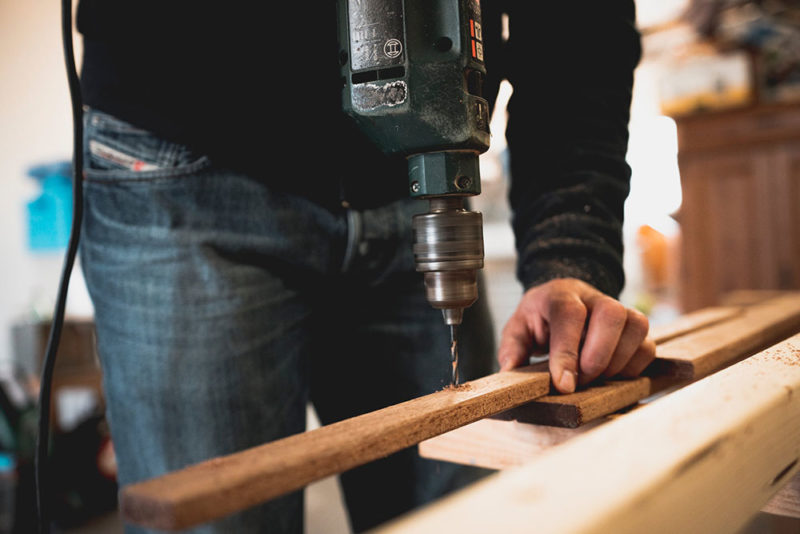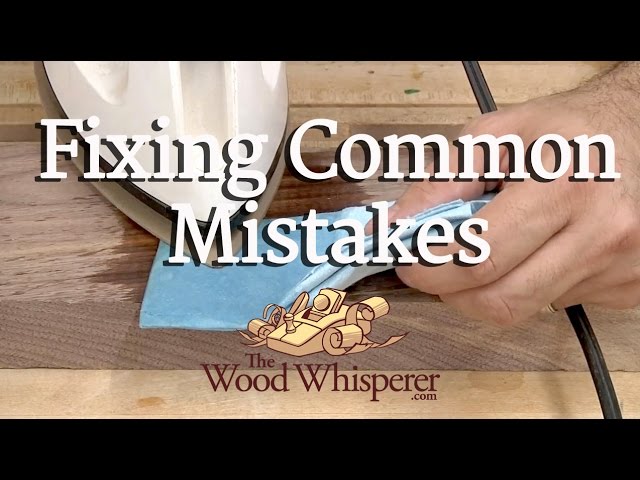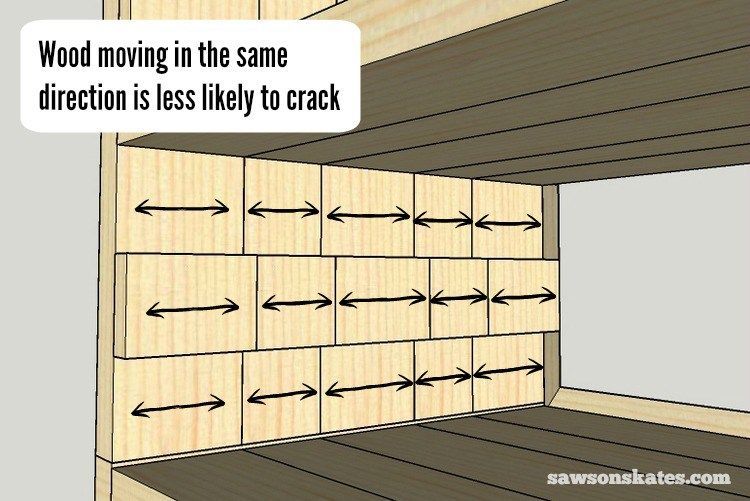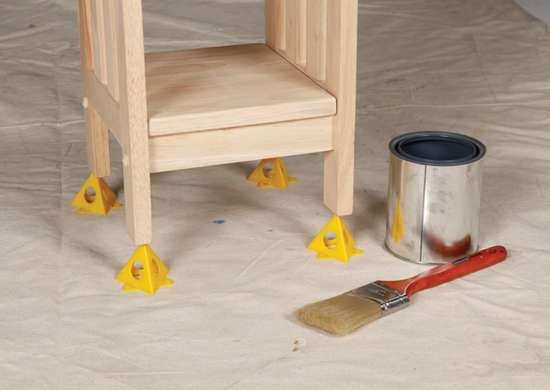DIY projects are a great way to innovatively renovate your living areas. Upcycling existing wooden furniture is popular with many homeowners because it is inexpensive, environmentally friendly, and creative.
But as fun as DIY projects may be, upcycling wooden furniture can be frustrating if you have no woodworking experience. If you’re having trouble cutting a straight line, here are some tips on how to avoid some common woodworking mistakes.
Use the right blade
Most saws come with a standard 18 or 24 tooth blade. But just because it came with the saw doesn’t mean it is the right saw blade for the job. Blades that are not the right size can burn the wood or get stuck in the wood (making it difficult to cut through the wood). The 18-tooth or 24-tooth blade works well when you are working with thick wood. However, if you are working with thinner woods such as plywood, you will need a blade with finer teeth.
Don’t forget the kerf
Have you ever thought that your wood was measured perfectly only to find that it was 1/16 of an inch too short? You will probably forget to take the kerf into account. A kerf is the slit that the blade makes when it cuts through the wood. It has the same thickness as the blade you are using. Forgetting to take the kerf into account is a common mistake among beginners. Use carpenter pens to measure kerfs.
Understand the tools you need
Most beginners do not know that there are special woodworking tools that can make their work easier. And if you don’t have the right tools, you end up improvising. While improvising is fine, it can sometimes lead to mistakes or add unnecessary time to your projects. For example, few people realize that using a drill is actually more precise than using a hand drill. This comparison goes over some of the best DIY drills. If you are not sure whether a particular tool is useful for your projects, you should borrow the tool before buying it.
Sharpen your blades
Blunt blades burn wood and tend to tear. If you want to make cuts as smooth as possible, you need to find a way to sharpen your blades. While you could buy new blades, sharpening your blades is often cheaper. While it is possible to sharpen your own blades at home, there are also professionals who will do it for you. A quick online search points you in the direction of a professional.
Give the wood time to acclimatize
New wood often expands and contracts due to temperature and humidity. Every time you start a new project, you should give every wood you buy at least 48 hours to adapt to the new environment. If you do not allow for this adjustment period, wood will sometimes crack after it has already been used in a project.
Measure exactly
Sometimes when novice woodworkers are excited to start a new project, they quickly speed up their measurements to get started. This often leads to errors that could have been avoided if they had taken the time to measure correctly. Taking the time to take your measurements will ensure your project is a success. Even the most experienced woodworkers have to check their measurements frequently.
Clean up your workshop
Workshops should be dirty. So why should you take the time to clean up after your projects? Well, a dirty workshop makes it harder to work on future projects. If you have sawdust piles or rags lying around, who knows what tools might be hidden in them! A dirty workshop can also make projects more difficult to complete. For example, pieces of sawdust can get stuck in wet paint, which can make your finished project look ugly.
Finish the task
When you talk about completed projects, take the time to actually complete your project! Wood projects require a special liquid coating. This helps to highlight the color of the wood and can prevent the wood from being damaged by dirt and moisture. Coloring and painting your project is optional, but quitting is not! Unfinished wood will crack and deteriorate.
Final thoughts
Mastering woodworking takes time, but everyone has to start somewhere! But even woodworkers for beginners can have fun renovating their own furniture. If you are a beginner, start with a simple woodworking project, e.g. B. Completing a table. The more you practice, the better you get!
 TopsDecor.com Home Decor Ideas
TopsDecor.com Home Decor Ideas







